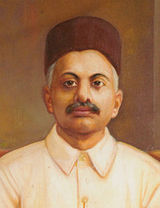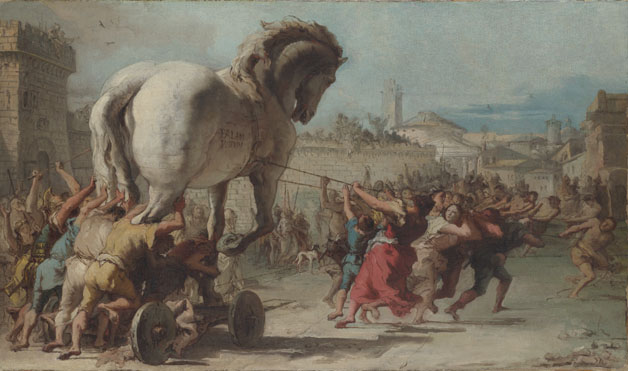 Reading this
argument, it occurred to me that recent Goan history offers great examples of
the “brahmin double” over various generations. A
previous column discussed Varde Valaulikar’s response to Raghunath Talwadkar.
Valaulikar’s proposed that the Saraswat caste embrace the Konkani language as
their mother-tongue while Talwadkar opposed this proposal pointing to the
language’s association with lower classes, and castes, and with “defiled”
Christians such as José Gerson da Cunha. As pointed out in that column, Valaulikar’s
response was not to condemn Talwadkar’s blatant casteism. Rather, he offered
the suggestion that in fact the Catholic missionaries had learned Konkani from
brahmins, and that da Cunha himself was a brahmin. In this equation, Talwadkar
gets castigated as the bad brahmin, and Valaulikar effects the “brahmin double”
move by ensuring that brahmin hegemony is not challenged, but rather paves the
way for the Saraswat caste and associated caste groups to assert their claim
over the Konkani language.
Reading this
argument, it occurred to me that recent Goan history offers great examples of
the “brahmin double” over various generations. A
previous column discussed Varde Valaulikar’s response to Raghunath Talwadkar.
Valaulikar’s proposed that the Saraswat caste embrace the Konkani language as
their mother-tongue while Talwadkar opposed this proposal pointing to the
language’s association with lower classes, and castes, and with “defiled”
Christians such as José Gerson da Cunha. As pointed out in that column, Valaulikar’s
response was not to condemn Talwadkar’s blatant casteism. Rather, he offered
the suggestion that in fact the Catholic missionaries had learned Konkani from
brahmins, and that da Cunha himself was a brahmin. In this equation, Talwadkar
gets castigated as the bad brahmin, and Valaulikar effects the “brahmin double”
move by ensuring that brahmin hegemony is not challenged, but rather paves the
way for the Saraswat caste and associated caste groups to assert their claim
over the Konkani language.Today, with the kind of association that Bhembre is making with the RSS against the demands for the recognition of English as a state supported medium of instruction, you have younger Saraswat men who are effecting the strategy of the Brahmin double. Responding with horror to Bhembre’s suggestion, they point out that there are more Hindus than Catholics studying in diocesan schools that have switched from Konkani to English medium. What is interesting is that these arguments do not fracture the meaningless labels of “Christian community” and “Hindu community” invoked by Bhembre and others. This is not surprising given that this group is actively engaged in Hindu reform, a process which neuters dalit-bahujan assertions, and consolidates disparate caste groups into a single Hindu community usually under brahmin leadership or direction. Their rhetoric and activism is never really one of a radical rejection of caste hegemony, but of managing the anger against their caste group and its leadership of the political community Goa.
Another
touchstone to use for evaluation would be their response to the demand that the
Roman script be recognised on par with Nagari Konkani. These secular Saraswat will agree that there
is a need for a more “bahujanised” Konkani, but will not budge when it comes to
giving equal rights to the Roman script. Thus, what they are doing is trying to
make Nagari Konkani, the vehicle of Saraswat hegemony in Goa, more palatable to
the bahujans, even while they completely ignore the real issue of Romi Konkani.
 It is important
to underline that it is not my argument that these men are performing the
strategy of the brahmin double deliberately. Very often our actions are
determined not by our conscious selves but determined by the milieu in which we
are raised. The response, therefore, is not to necessarily condemn these men.
Our response ought to be to always be aware of the manner in which the social
structure asserts itself, and thus question brahmin saviours, and make these
saviours aware of the pernicious politics that they reproduce.
It is important
to underline that it is not my argument that these men are performing the
strategy of the brahmin double deliberately. Very often our actions are
determined not by our conscious selves but determined by the milieu in which we
are raised. The response, therefore, is not to necessarily condemn these men.
Our response ought to be to always be aware of the manner in which the social
structure asserts itself, and thus question brahmin saviours, and make these
saviours aware of the pernicious politics that they reproduce.
(A version of this post was first published in the O Heraldo on 4 Sept 2015)


No comments:
Post a Comment